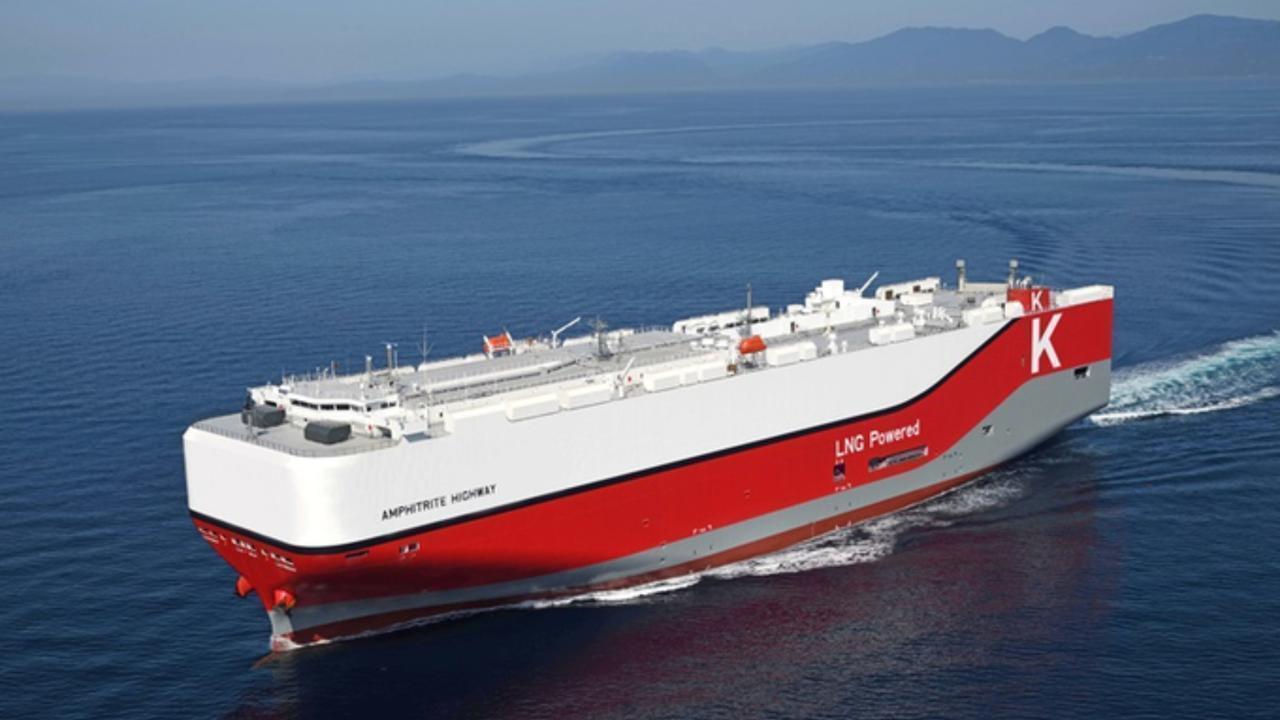
Post by : Amit
Photo : X / Green Marine
A New Era in Eco-Friendly Vehicle Shipping
Zodiac Maritime has officially taken delivery of a state-of-the-art LNG dual-fuel Pure Car and Truck Carrier (PCTC), marking a significant milestone in its ongoing decarbonization journey and commitment to environmentally responsible shipping. The vessel, constructed at a leading Chinese shipyard, represents a leap forward in sustainable maritime technology, aligning perfectly with the industry's accelerating transition toward cleaner propulsion systems and greener global logistics.
With this latest addition to its fleet, Zodiac Maritime not only increases its overall capacity but also strengthens its position at the forefront of the green transformation currently reshaping the shipping industry. The company’s move reflects a strategic understanding that environmental performance is no longer a “bonus” feature but a core requirement in an increasingly regulated and sustainability-driven market.
The Delivery Ceremony and Industry Reception
The delivery was marked by a ceremonial “welcome bell” event, symbolizing the ship’s formal entry into service. The ceremony was attended by senior executives from Zodiac Maritime, representatives from the Chinese shipyard, classification society officials, and invited industry guests. During the event, speeches highlighted the vessel’s role as a benchmark for eco-friendly shipping and its contribution to meeting global decarbonization goals.
Industry reception has been positive, with automotive logistics stakeholders noting the vessel’s potential to meet growing demand for sustainable transport solutions. With the automotive sector under pressure to decarbonize not just manufacturing but also logistics chains, such vessels are becoming increasingly attractive to manufacturers—especially those exporting electric vehicles (EVs) to overseas markets.
LNG Dual-Fuel: A Bridge to Maritime Decarbonization
The ship is powered by a dual-fuel propulsion system capable of operating on both conventional marine fuels and liquefied natural gas (LNG). This flexibility allows for significant reductions in sulphur oxides (SOx), nitrogen oxides (NOx), and particulate matter, while also lowering CO₂ emissions by up to 20% compared to traditional heavy fuel oil.
Although LNG is not a zero-carbon solution, it serves as a critical “bridge fuel” during the industry’s gradual shift toward net-zero operations. LNG infrastructure is expanding rapidly worldwide, providing a practical path for shipowners to reduce emissions while awaiting scalable zero-carbon alternatives like green methanol, ammonia, or hydrogen.
Cutting-Edge Specifications and Capabilities
While Zodiac Maritime has not released the complete technical blueprint, industry sources suggest the PCTC boasts a carrying capacity exceeding 7,000 passenger vehicles, placing it among the largest vessels in its class. The design includes:
The vessel also incorporates digital monitoring systems to track fuel consumption, emissions, and performance metrics in real time—supporting data-driven operational improvements.
Chinese Shipbuilding’s Expanding Influence
The delivery underscores China’s growing role in the global shipbuilding market, particularly in advanced, environmentally compliant vessel construction. Over the past decade, Chinese shipyards have significantly expanded their capabilities in LNG propulsion technologies, specialized vessel design, and high-capacity logistics carriers.
By partnering with a Chinese yard, Zodiac Maritime signals strong confidence in the country’s ability to deliver vessels that meet both operational performance and stringent environmental standards. This collaboration also reflects the increasingly globalized nature of maritime supply chains, where European operators source from Asian shipbuilders to remain competitive.
Market Drivers for Green PCTCs
The demand for environmentally friendly PCTCs is being fueled by several key factors:
Boom in electric vehicle exports – Asian automakers, particularly from China, South Korea, and Japan, are exporting record numbers of EVs to Europe, North America, and beyond.
Stricter regulatory frameworks – The International Maritime Organization (IMO) has introduced ambitious decarbonization targets, complemented by regional rules such as the EU’s Emissions Trading System (ETS) for shipping.
Corporate ESG commitments – Automakers are under pressure from consumers, investors, and governments to cut supply chain emissions, influencing their choice of shipping partners.
For these reasons, vessels like Zodiac Maritime’s new PCTC are well-positioned to secure long-term charter contracts from automakers prioritizing low-carbon transport.
Compliance with IMO 2030 and 2050 Targets
The vessel complies with IMO Tier III standards for NOx emissions and incorporates design features that support future retrofitting for alternative fuels. This forward-compatibility means the ship can adapt as cleaner fuel technologies mature, ensuring its operational viability well into the 2040s.
IMO’s targets—40% reduction in carbon intensity by 2030 and net-zero by 2050—are driving shipowners to make investment decisions today that will remain compliant for decades. Zodiac Maritime’s adoption of LNG dual-fuel propulsion reflects a proactive rather than reactive compliance strategy.
Economic and Operational Benefits
Beyond environmental compliance, LNG dual-fuel propulsion offers significant operational advantages:
In an industry where voyage profitability often hinges on operational efficiency, these advantages can translate into a substantial competitive edge.
Part of a Broader Fleet Renewal Strategy
The new PCTC forms part of Zodiac Maritime’s long-term fleet modernization program, which focuses on replacing older, less efficient ships with high-efficiency, low-emission alternatives. The company has additional LNG-capable vessels on order, indicating that this delivery is not a one-off investment but part of a sustained commitment to green shipping.
This strategy aligns with trends across the shipping industry, where operators are increasingly integrating environmental performance into fleet planning, not just as a compliance necessity but as a market differentiator.
Role in the Asia–Europe Shipping Corridor
Zodiac Maritime is expected to deploy the new PCTC primarily on Asia–Europe routes, which are among the busiest vehicle shipping lanes globally. The vessel’s size, fuel efficiency, and ability to utilize LNG bunkering infrastructure make it ideal for these long-haul journeys.
The Asia–Europe corridor has seen a sharp rise in vehicle shipments, especially EVs from Chinese factories to European ports. With European LNG bunkering capacity expanding rapidly—particularly in the Netherlands, Belgium, and Spain—LNG-capable ships are increasingly practical for consistent low-emission operations.
Positive Client and Stakeholder Feedback
Automotive manufacturers and logistics partners have welcomed Zodiac Maritime’s investment, noting that such vessels enable them to advance their own sustainability targets. In many cases, automakers now evaluate shipping partners based on environmental performance as much as cost and reliability.
For shippers of EVs, transporting vehicles on a greener vessel adds value to their own sustainability narrative, particularly when marketing to eco-conscious consumers in Europe and North America.
Remaining Challenges and Next Steps
Despite the progress, challenges remain. LNG still emits greenhouse gases, and methane slip—a phenomenon where unburned methane escapes into the atmosphere—remains a concern for environmental groups. Long-term decarbonization will require a shift to truly zero-carbon fuels and further improvements in vessel efficiency.
Zodiac Maritime acknowledges these challenges and has indicated that it will continue exploring future-proof propulsion solutions. Potential pathways include bio-LNG, synthetic fuels, and retrofits for methanol or ammonia engines once technology and supply chains are mature.
A Strategic Step Toward Green Shipping Leadership
The delivery of this LNG dual-fuel PCTC represents more than just a fleet expansion—it is a clear statement of Zodiac Maritime’s ambition to be a leader in sustainable maritime transport. By combining high cargo capacity with advanced environmental performance and operational efficiency, the company is not merely following industry trends but actively shaping them.
As the maritime sector navigates the twin challenges of decarbonization and global trade demand, vessels like this will play a pivotal role in bridging the gap between today’s fuel realities and tomorrow’s zero-emission future.
LNG dual-fuel, Low-emission vehicle shipping


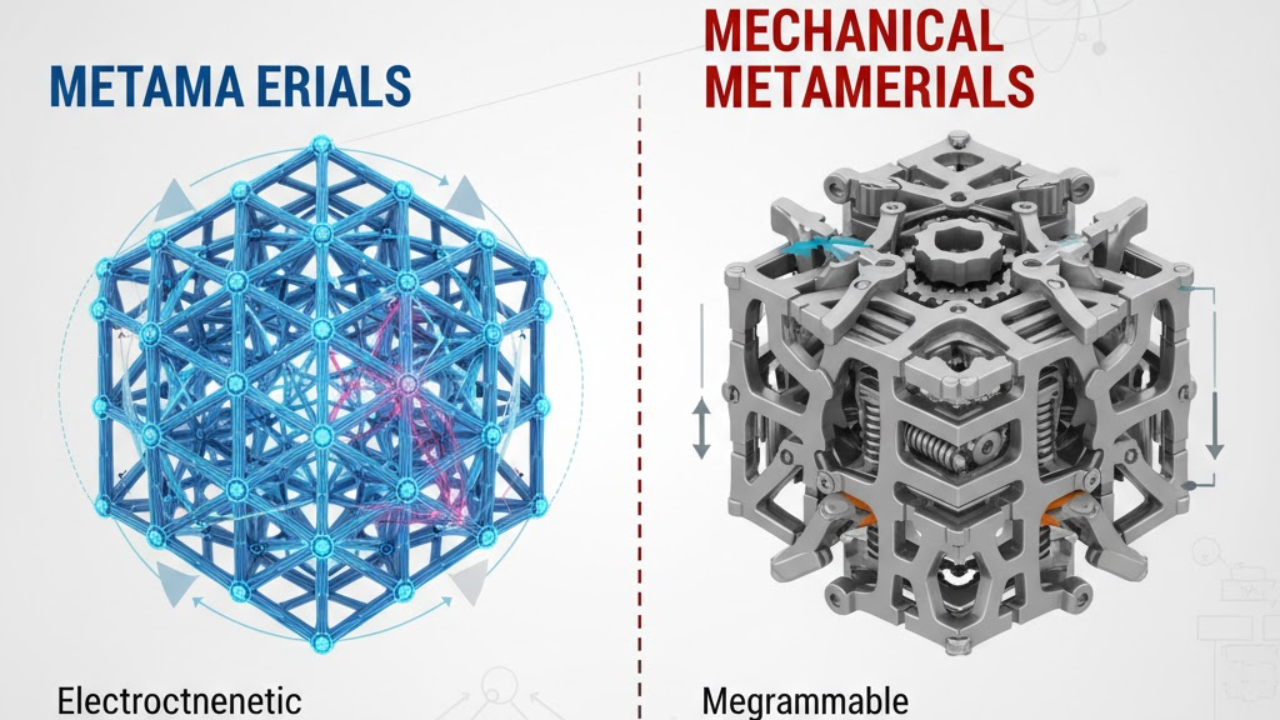

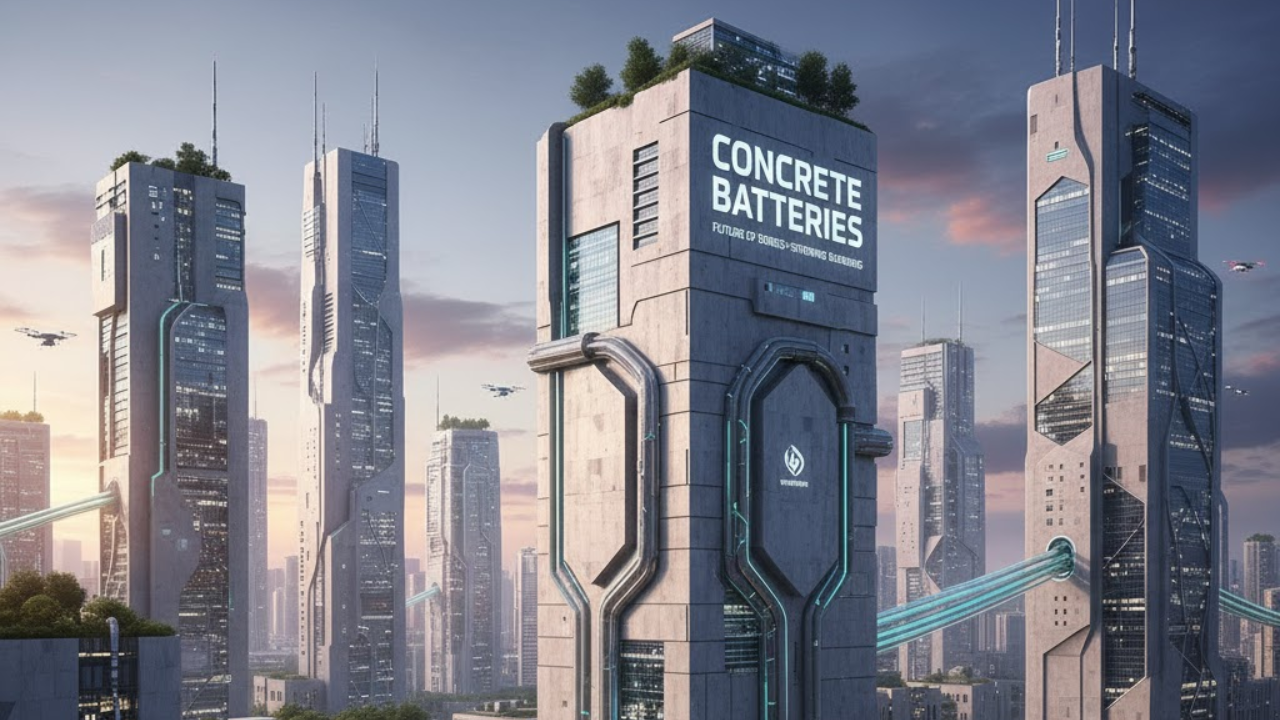
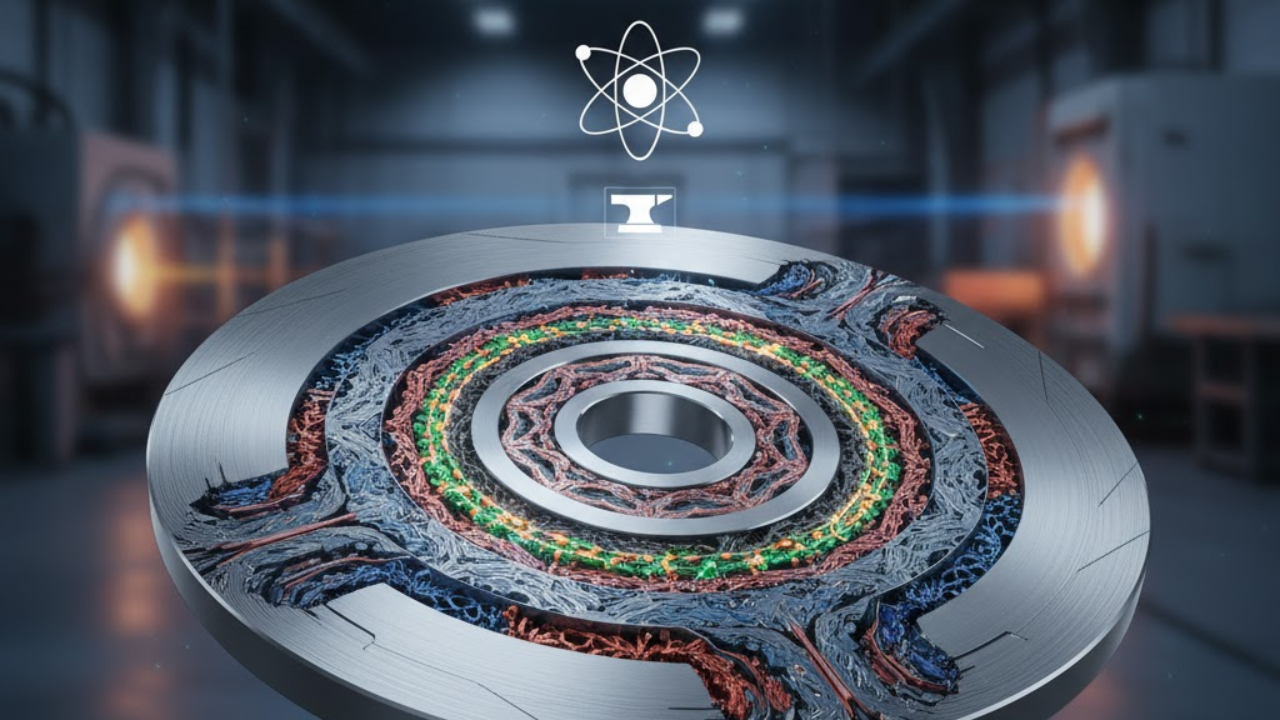
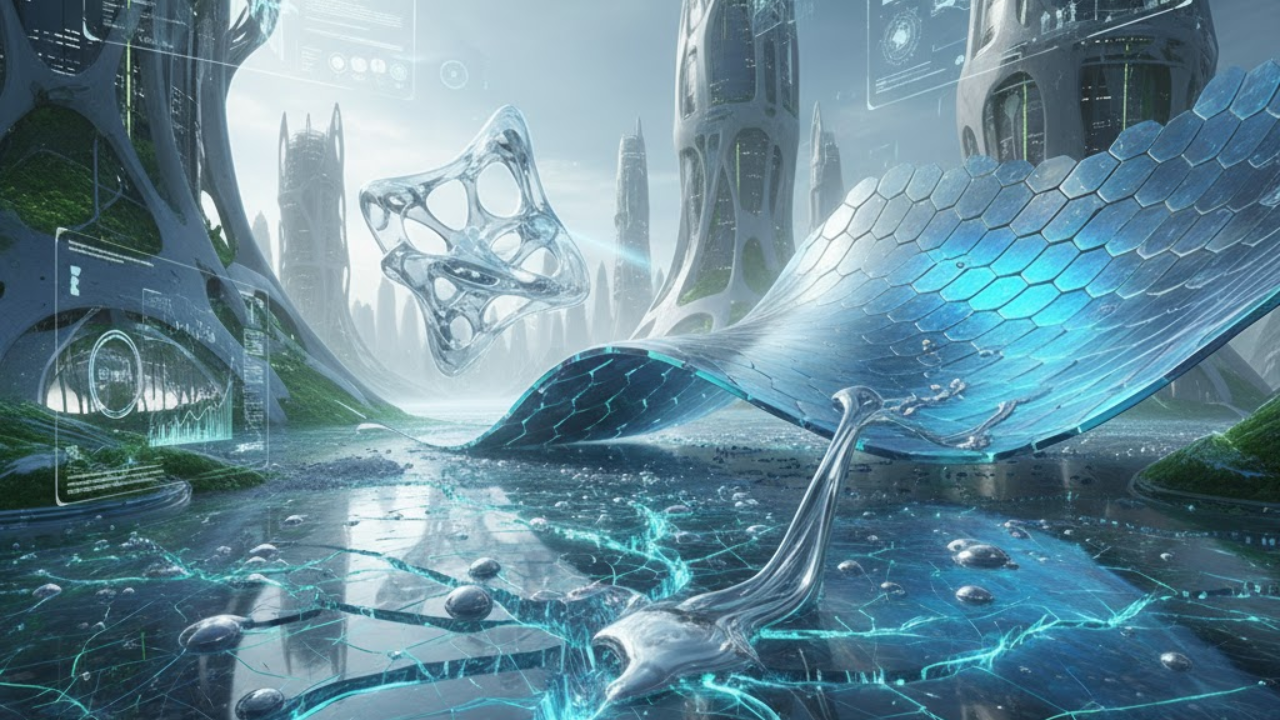



Bengaluru-Mumbai Superfast Train Approved After 30-Year Wait
Railways approves new superfast train connecting Bengaluru and Mumbai, ending a 30-year demand, easi

Canada Post Workers Strike Halts Nationwide Mail and Parcel Services
Canada Post halts operations as CUPW strike disrupts mail and parcel delivery nationwide amid disput

PM Modi Launches BSNL ‘Swadeshi’ 4G Network, 97,500 Towers Built
India enters global telecom league as PM Modi inaugurates BSNL’s indigenous 4G, connecting 26,700 vi

India’s Iconic MiG‑21 Takes Final Flight After Six Decades of Service
After 60 years India retires its MiG‑21 fighter jet, a legendary yet controversial warplane marking

Hindustan Zinc unveils AI hotspot monitoring at Debari smelter
Hindustan Zinc launches AI-powered Switchyard Hotspot Monitoring at Debari smelter to cut outages bo

Chinese experts worked inside sanctioned Russian drone plant
Chinese drone specialists visited IEMZ Kupol supplying parts and drones via intermediaries, deepenin